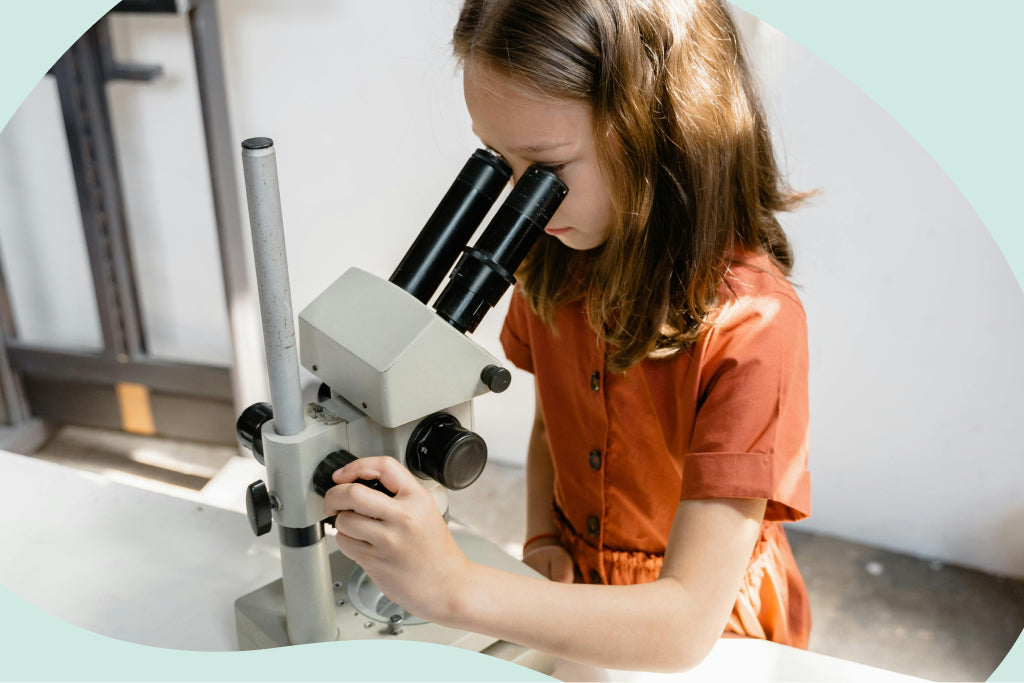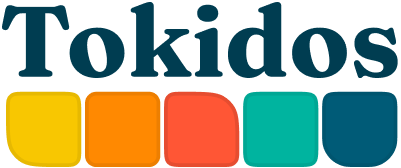
STEAM for Toddlers? Simple Ways to Introduce Science and Math
Your toddler is a natural scientist. From the moment they start stacking blocks, mixing colors, or dropping food off their high chair just to see what happens, they’re exploring the world like a tiny researcher. Every question they ask, "Why is the sky blue?" or "Where does the water go when it disappears?", is a step toward scientific thinking.
As a parent, you don’t need a background in physics to introduce STEAM (Science, Technology, Engineering, Arts, and Math) to your little one. In fact, you’re probably already doing it. Every time you count their fingers and toes, build a pillow fort, or watch the rain together, you're laying the foundation for lifelong learning.
But here’s the challenge: the world is filled with screens, and it’s easy for early learning to become passive. We believe that the best way to nurture your toddler’s curiosity is through hands-on, screen-free play.
Let’s dive into easy, playful ways to introduce STEAM concepts to your toddler, helping them think, explore, and discover the world around them.
Why STEAM Learning Starts Early
STEAM isn’t about memorizing facts. It’s about curiosity, discovery, and understanding how things work. When your kiddo knocks over a tower of blocks and builds it again, they’re learning basic engineering. When they splash in a puddle and watch the ripples spread, they’re experimenting with physics. Play is learning, and the best way to teach science and math is to let your child experience it with their own hands.

Did you know that 90% of a child’s brain growth happens before age five? This means that the experiences your toddler has now will shape their ability to problem-solve, reason, and think creatively for years to come.
Simple Ways to Introduce Science to Toddlers
You don’t need test tubes or beakers to explore science with your toddler. Here are a few easy ways to bring science into everyday play:

Sink or Float? The Bathtub Experiment
Next time your little one is in the bath, grab a rubber duck, a spoon, or a sponge. Ask, "Do you think this will sink or float?” Have them guess, drop each item into the water, and talk about the results. This simple game introduces the concept of density and prediction.
The Magic of Mixing Colors
Set up a playdate with primary colors. Give your child red, blue, and yellow paint and let them mix them together to create new colors. Enjoy their reaction when blue and yellow turn green! This hands-on experiment introduces basic chemistry and cause-and-effect thinking.
Nature Walk Investigations
Take a walk outside and look for patterns in nature, like leaf shapes, different types of clouds, or the way ants move in a line. Ask your toddler questions like, "What do you think the ants are doing?" or "Why do you think leaves change colors?" These small conversations give you something to talk about, and help develop observation and reasoning skills.
Baking: A Science Experiment in the Kitchen
Baking is science in action. Let your toddler help measure ingredients, stir batter, and watch the dough rise. Talk about how heat changes things and why baking powder makes pancakes fluffy. Bonus? They get a tasty lesson in chemistry.
Simple Ways to Introduce Math to Toddlers
Toddlers don’t need flashcards to learn math. Numbers, patterns, and logic are all around them.

Counting in Everyday Life
Count everything, like the stairs as you climb, apples in the grocery cart, or fingers and toes. The more your toddler hears numbers in context, the more natural math becomes.
Sorting and Matching Games
Give your child a pile of socks and have them sort by color or size. Arrange toy cars in rows or organize blocks by shape. These activities build early math skills like classification and pattern recognition.
Measuring with Play
Fill up cups with rice or water and let your toddler pour them into different-sized containers. Show them how one big cup can hold the same amount as two smaller ones. This introduces measurement and volume in a hands-on way.
Shape Hunt Around the House
Go on a “shape hunt” and find circles, squares, and triangles in everyday objects like plates, windows, and book covers. Recognizing shapes is a key early math skill that helps with spatial awareness and geometry.
How PlayCubes Support STEAM Learning
We know that the best learning happens through play. That’s why we designed PlayCubes to keep kids engaged in hands-on, interactive learning.
Screen-Free Play: No distractions, just pure learning through touch, movement, and exploration.
STEM-Based Games: PlayCubes encourage problem-solving, sequencing, and early logic skills in a fun and engaging way.
Adaptive Learning: Games grow with your child, introducing more complex concepts as they develop.
The key to teaching science and math
Keep it playful! Let your kiddo explore, make mistakes, and ask a million questions. If you’re not sure where to go, follow their interests. Whether it’s bugs, building, or baking, you can turn everyday moments into tiny science experiments. Nurture your toddler’s natural curiosity and set them up for whatever future they may pursue. :heart:
